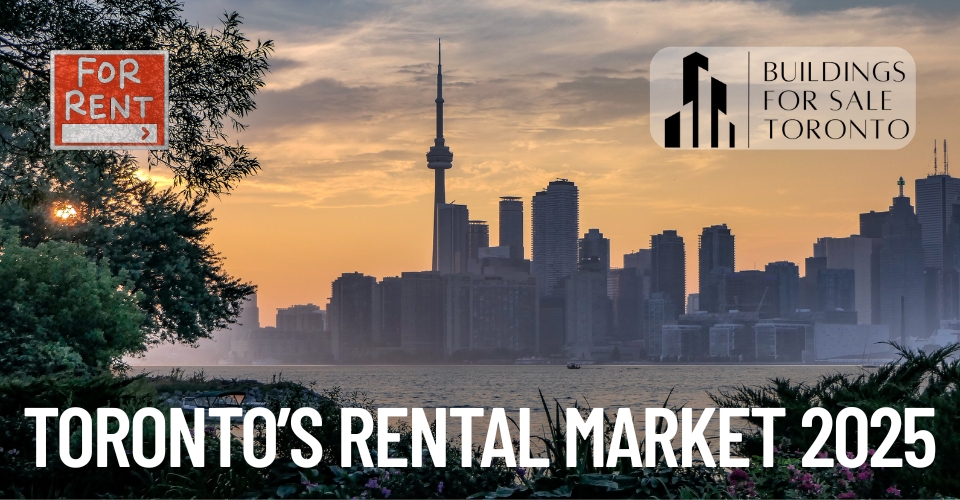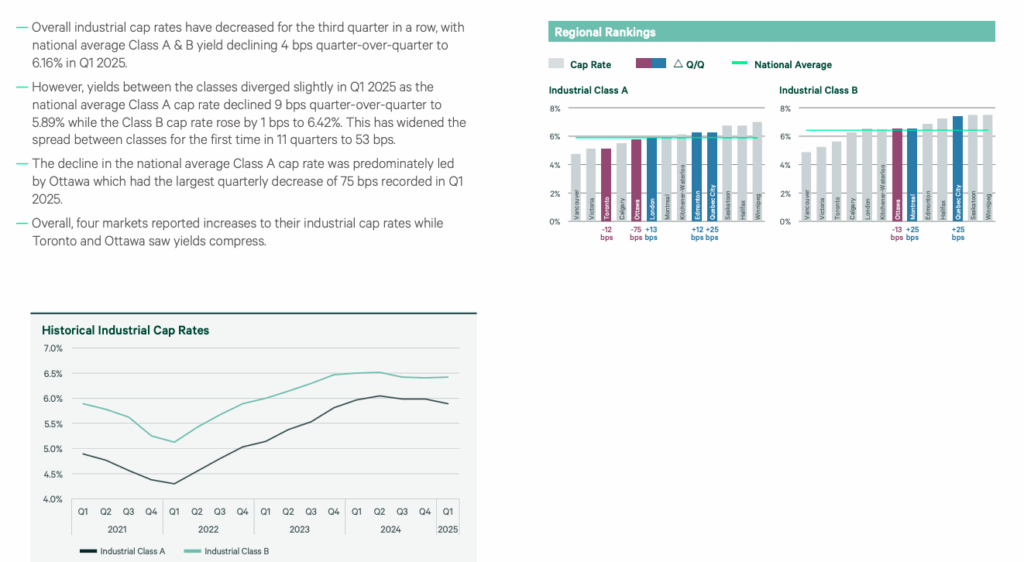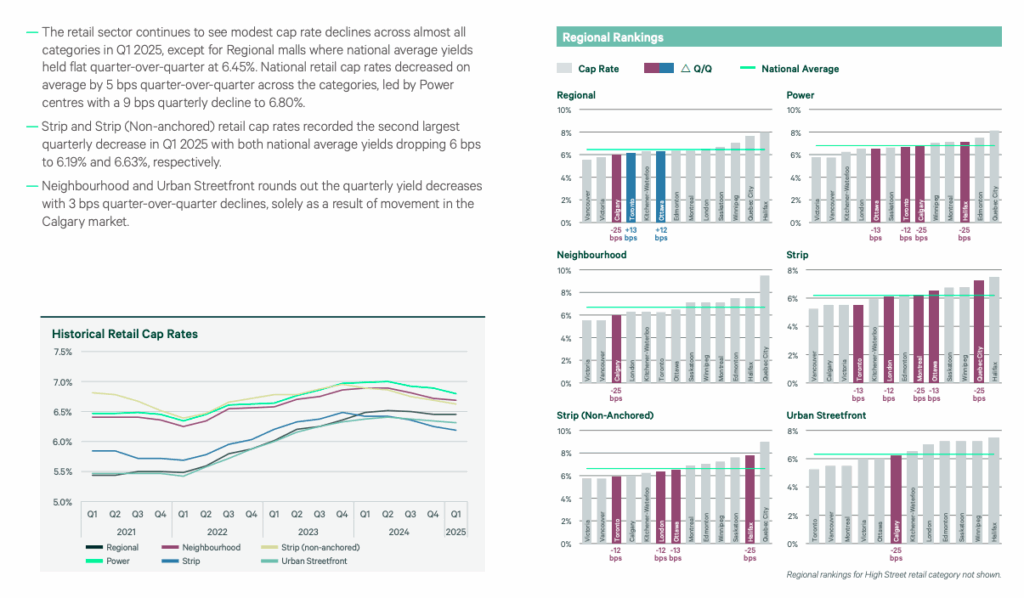Rental Development Opportunities in the GTA: Q1 2025 Trends & Strategic Insights
Toronto’s rental market is evolving rapidly in 2025, shaped by shifting policies, economic pressures, and investor ingenuity. Whether you’re a seasoned developer or a first-time investor, this report unpacks the most critical trends, risks, and opportunities for rental developments in the GTA—with actionable strategies to maximize returns.
GTA Rental Market Snapshot
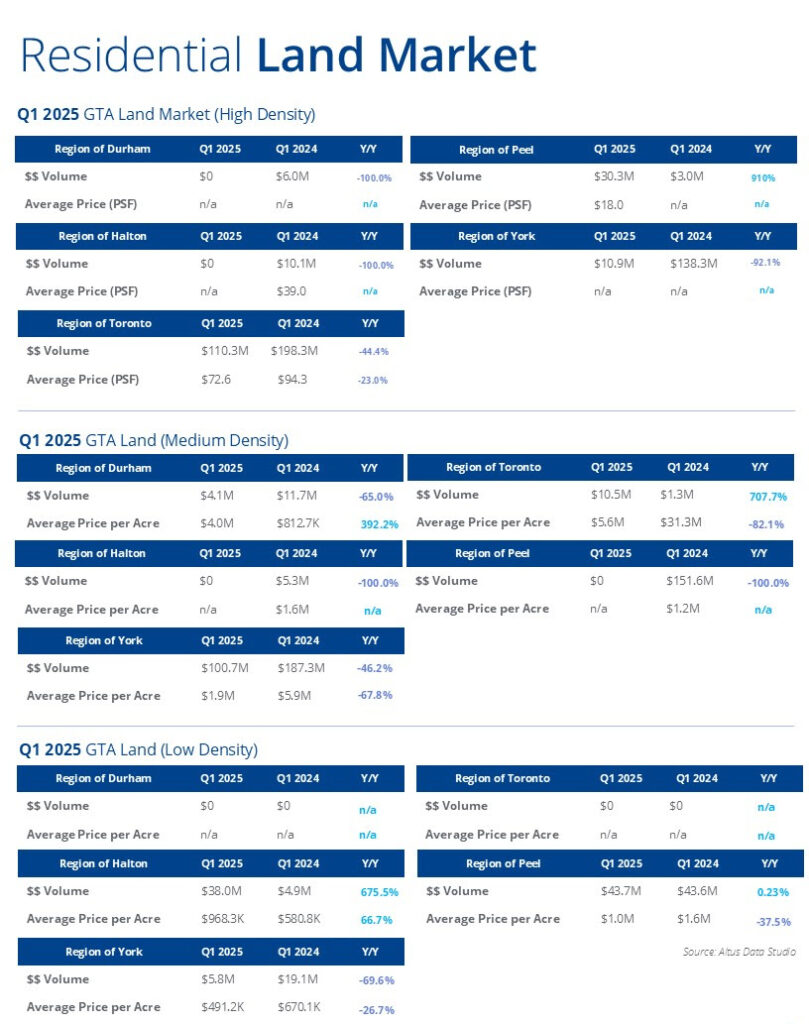
The first quarter of 2025 revealed stark contrasts in Toronto’s rental development landscape:
- High-Density Struggles: Regions like Durham and Halton saw $0 in high-density transactions (▼100% YoY), while Toronto managed $110.3M—still a 44% drop from 2024. Rising bond yields and pre-construction defaults (5-10%) chilled investor confidence.
- Medium-Density Momentum: Peel ($43.7M) and Halton ($38M, ▲675% YoY) emerged as safe havens, driven by demand for townhouses and duplexes.
Key Takeaway: Mid-sized projects are outperforming skyscrapers.
3 Drivers Fueling Rental Demand

- Cheaper Builds, Faster ROI
High-density construction costs fell 10-15%, while low-rise builds dropped 20-30%. Example: 12 Nickel Street (Port Colborne) slashed renovation costs to secure an 8% cap rate. - Policy Wins for Developers
- Midrise As-of-Right Zoning: Skip rezoning for 6-8 story rentals on transit corridors (e.g., Scarborough’s Kingston Road).
- Affordable Housing Incentives: Defer development charges for projects with 5-10% affordable units.
- Transit-Oriented Tenants
Properties near subway/LRT stations (e.g., 2555 Dundas West) command higher rents and lower vacancies.
Top 3 Rental Investment Opportunities
1. Multi-Family Near Transit Hubs
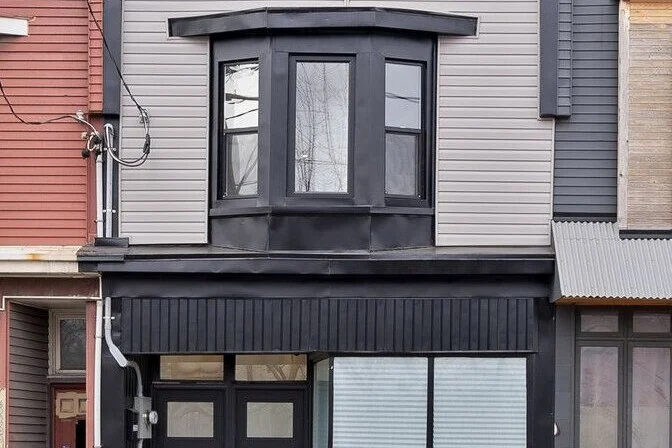
- Case Study: This legal duplex + basement unit grosses $111k/year. Tenants prioritize transit access over luxury finishes.
- Strategy: Target areas like Hurontario LRT stops or North York’s Sheppard-Yonge corridor.
2. Halton’s Mixed-Use Boom

Halton’s 675% YoY surge in medium-density volume signals untapped potential. Convert aging commercial lots into rentals with ground-floor retail (e.g., cafes, clinics).
3. Affordable Housing Partnerships

Toronto’s pipeline includes 4,000+ units eligible for DC deferrals. Partner with the city to fast-track approvals and tap into rising demand.
Risks & How to Mitigate Them

- Default Risks: Avoid pre-construction condos in car-dependent suburbs. Fix: Focus on transit hubs like 417 Grey Street (London).
- Financing Headaches: With 10-year bond yields at 4.21%, lenders are cautious. Fix: Target smaller assets like 50 Binscarth Cres (Ottawa), offering 6.7% ROI with minimal red tape.
Strategic Recommendations
- Double Down on Peel & Halton: Duplexes near transit (e.g., Mississauga’s Hurontario LRT) promise stable returns.
- Leverage OPA 778: Build midrises in Scarborough or Etobicoke without rezoning delays.
- Acquire Undervalued Gems:
- 110 Walmer Road (Annex): Reset rents post-vacancy for instant cash flow.
- 241 Ridout Street (London): A turnkey duplex near Wortley Village’s schools and cafes.
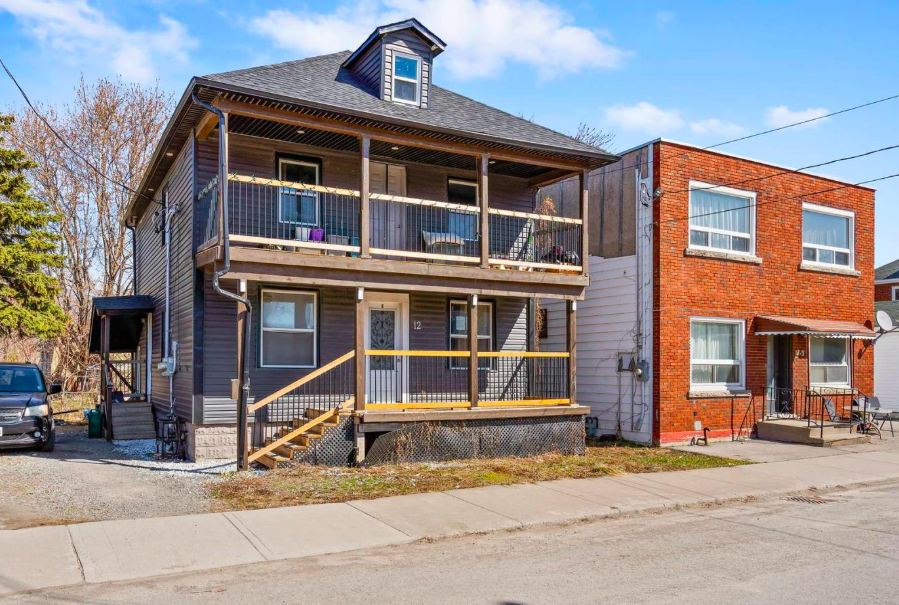
Why Partner with HeyAddy?
We specialize in unlocking hidden value. For example:
- Turned a dated triplex (12 Nickel Street) into an 8% cap rate superstar.
- Helped investors leverage OPA 778 to fast-track a midrise near Yonge-Sheppard.
Explore Our Top Picks:
For personalized advisory, contact HeyAddy Investments at 1-877-439-2339. Let’s turn insights into income.

